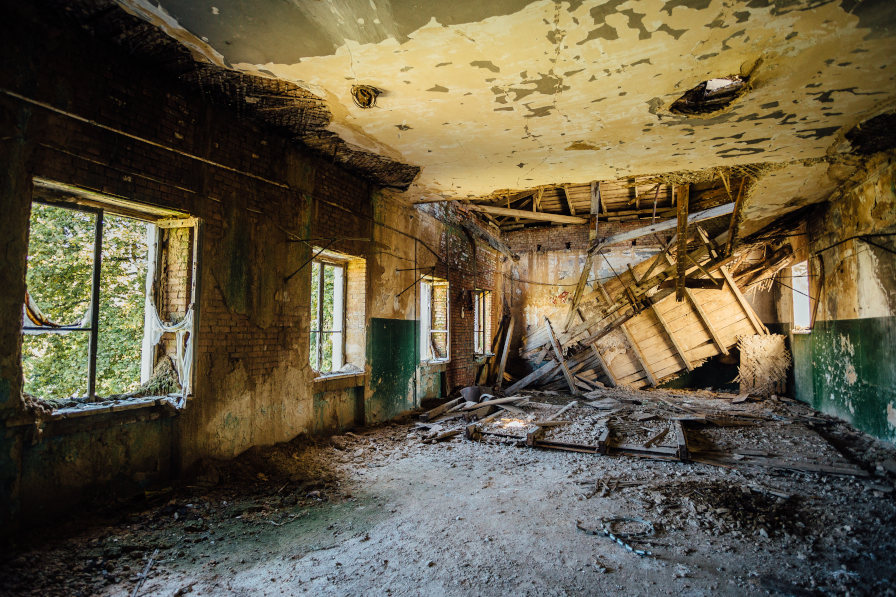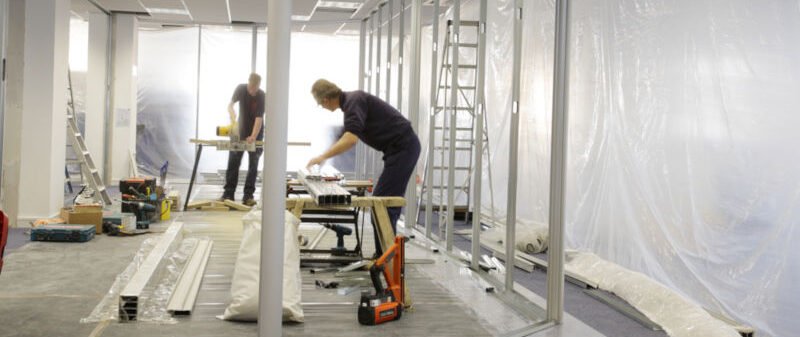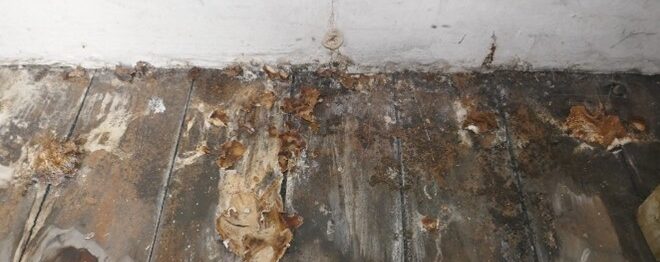

Dilapidations claims are often viewed as an inevitable part of commercial property management, but for tenants, they’re one of the most significant financial risks at the end of a lease.
The true cost of getting dilapidations wrong can be costly, damage business relationships, delay relocation plans, and tie up working capital when you need it most for new ventures. Tenants need to be aware of these common mistakes to ensure they’re not faced with expensive fines and complications at the end of their lease.
Believing You’ve Been the Perfect Tenant
The most dangerous assumption any tenant can make is that being a “good tenant” automatically protects them from dilapidations claims. Many business owners take pride in their premises, investing heavily in maintaining high standards and creating impressive working environments.
However, lease obligations rarely align with common-sense notions of good property stewardship. A tenant might spend thousands on premium flooring, state-of-the-art lighting, or custom-built storage solutions, only to discover that their lease requires them to strip everything back to bare concrete and reinstate original fixtures.
The problem is compounded by the fact that landlords’ agents often encourage tenant improvements during the lease term, praising the enhanced appearance and functionality. Lease compliance and good tenancy are two entirely different concepts – a crucial understanding for avoiding this expensive trap.
Ignoring Lease Obligations Until It’s Too Late
Perhaps the most common mistake tenants make is adopting a “cross that bridge when we come to it” mentality regarding lease end obligations. This procrastination often stems from the complexity of commercial leases and a natural tendency to focus on immediate concerns rather than future liabilities. Many business owners assume they’ll have plenty of time to address dilapidations issues when they eventually decide to move, not realising that proper compliance can take months or even years to achieve.
A typical full repairing and insuring lease might require tenants to maintain everything from roof membranes and heating systems to car park surfaces and boundary walls. These obligations don’t disappear simply because they’re ignored, and the cost of addressing years of deferred maintenance at lease end can be astronomical.
Comparing to Previous Tenants
One of the most dangerous traps tenants fall into is comparing their situation to previous occupiers or other tenants in similar properties. This approach to obligations ignores the fundamental fact that every lease is unique, with specific terms negotiated under particular market conditions at different times.
The myth of “standard” dilapidations settlements is particularly dangerous for tenants seeking to benchmark their negotiations. Settlement amounts depend on numerous factors including property values, alternative use potential, re-letting prospects, and the specific breaches involved. Being aware that each dilapidations scenario is unique prevents costly miscalculations based on irrelevant precedents.
Trying to Save Money
The temptation to save money on professional advice during dilapidations negotiations often proves to be a false economy that costs tenants dearly in the long run. Many business owners, accustomed to managing property maintenance internally, assume they can handle dilapidations claims using the same approach. This mentality overlooks the specialised legal, technical, and commercial knowledge that’s needed to navigate complex dilapidations disputes effectively.
Skipping condition surveys, for example, to save on upfront costs frequently backfires when tenants discover they can’t credibly challenge landlords’ technical allegations without expert evidence. While specialist advice costs more upfront, the potential savings usually justify the investment many times over.
Having Unrealistic Expectations
The lure of quick fixes extends to consultants who promise unrealistic outcomes or guaranteed results in negotiations. No legitimate advisor can guarantee specific settlement percentages or promise to eliminate valid claims entirely. These unrealistic promises often lead tenants to adopt overly aggressive negotiation strategies that damage relationships and increase costs.
Successful dilapidations management requires the knowledge that there are no magic fixes, only careful preparation, realistic assessment, and skilled negotiation based on proper understanding of the specific lease obligations involved.
Many tenants operate for years without fully understanding their lease commitments, only discovering crucial obligations when they’re faced with end-of-lease claims. As a result, the most effective way to reduce dilapidations risk is to act before you sign by doing your due diligence.
Always review the lease in detail with a solicitor and surveyor, as full repairing and insuring obligations often include more than just everyday maintenance, and insist on a Schedule of Condition so you’re not liable for returning the property in a better state than you received it. This is also the stage to negotiate fairer terms where possible, such as excluding structural elements or capping repair costs.
Lastly, think about your exit strategy early on—what reinstatement works might be required, and how much notice you’ll need to give—and invest in professional advice at the outset. The small cost of due diligence upfront can save you from hefty claims at lease end.
At Bradley-Mason, our team has a wealth of experience in all aspects of dilapidations. Contact us today to request a quote or for more information.












